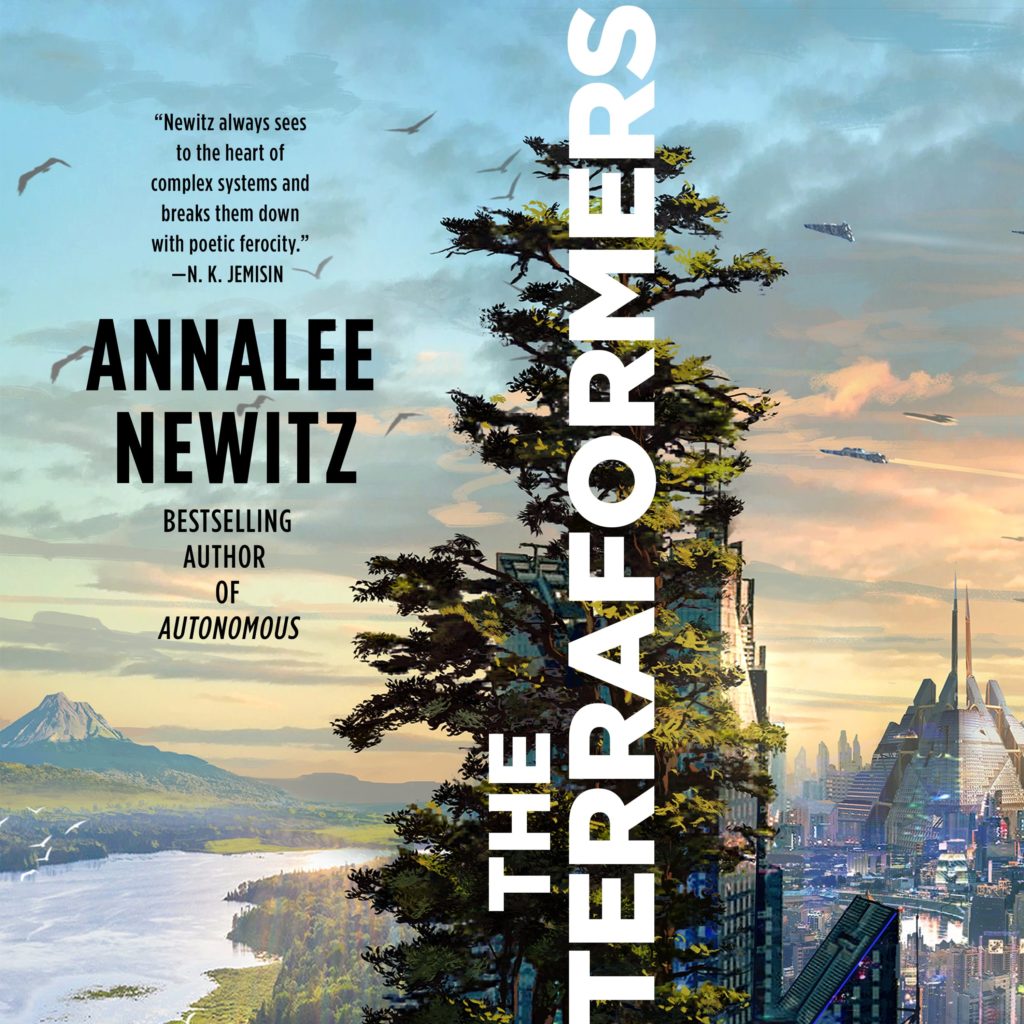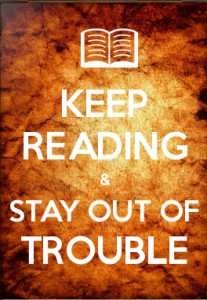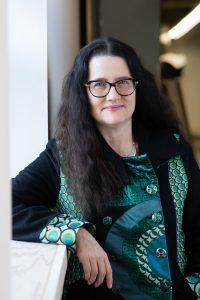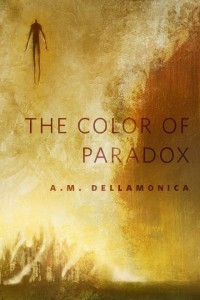This year the amount of student work I read–both as an instructor at UCLA and UTSC and as an MFA student at UBC–was copious. We’re talking around two hundred stories and novel fragments, all of which I critiqued, too. This is what I fit in the cracks:
New Fiction – Novels, Novellas & Collections
Autonomous , by Annalee Newitz
, by Annalee Newitz
Spoonbenders , by Daryl Gregory
, by Daryl Gregory
The Best American Mystery Stories 2016 , edited by Elizabeth George
, edited by Elizabeth George
River of Teeth , by Sarah Gailey
, by Sarah Gailey
Taste of Marrow , by Sarah Gailey
, by Sarah Gailey
The Red Threads of Fortune , by JY Yang (I am reading the companion novella now!)
, by JY Yang (I am reading the companion novella now!)


Non-Fiction
The Well-Tempered City: What Modern Science, Ancient Civilizations, and Human Nature Teach Us About the Future of Urban Life by Jonathan F. P. Rose
by Jonathan F. P. Rose
Debt: The First 5,000 Years by David Graeber (Kelly is reading this to me so we aren’t quite done)
by David Graeber (Kelly is reading this to me so we aren’t quite done)
Crafty TV Writing: Thinking Inside the Box by Alex Epstein
by Alex Epstein
Writing and Selling Your Mystery Novel , by Hallie Ephron
, by Hallie Ephron
The Best American Travel Writing 2017 , edited by Lauren Collins
, edited by Lauren Collins
Women & Power: A Manifesto , by Mary Beard
, by Mary Beard
Fieldwork Fail: The Messy Side of Scence, by Jim Jourdane and 25 scientists
I read lots and lots and lots and fucking lots of non-fiction articles, and I didn’t track them. You can’t track everything. But notable among them is: “City of Villains: Why I Don’t Trust Batman,” by Sarah Gailey


New Short Fiction
This is an incredibly incomplete list… I’m still struggling to capture all my short fic reading, especially the DailySF offerings.
“Excerpts from a Film (1942-1987) ” by A.C. Wise
” by A.C. Wise
“And then there Were (N-One)” by Sara Pinsker
“We Who Live in the Heart,” by Kelly Robson
“Letters Found on the Backs of Pepper Labels next to a Skeleton in an 800-year-old Hibernation Capsule Ruptured by What Looks Like Sword Damage,” by Luc Reid
“We Need to talk about the Unicorn in your Backyard,” by Mari Ness
“Making the Magic Lightning Strike Me,” by John Chu,
“The Famine King,” by Darcie Little Badger
“Later, Let’s Tear up the Inner Sanctum,” by Merc Rustad,
“Seasons of Glass and Iron,” by Amal El-Mohtar
“It Happened to Me: I was Brought Back to Avenge my Death, but chose Justice Instead,” by Nino Cipri.
“A Hero, I am,” by Kat Otis
“Small Changes Over Long Periods of Time,” by @KMSzpara in @UncannyMagazine
”Rivers Run Free,” by Charles Payseur –
“The Witch in the Tower,” by Mari Ness


Rereads
The Blue Place , by Nicola Griffith
, by Nicola Griffith
Stay , by Nicola Griffith
, by Nicola Griffith
Always , by Nicola Griffith
, by Nicola Griffith
In the Woods , Tana French
, Tana French
Ghost Story , Peter Straub
, Peter Straub
The Trespasser , Tana French
, Tana French













 My 2015 books read list is embarrassingly short, in part because I reread quite a few things, in part because I tanked out of a lot of things. This does mean that if it’s on here, it was quite a good book. I also read a stonking pile of short fiction but was miserable at capturing the individual stories. Here’s the list of novels:
My 2015 books read list is embarrassingly short, in part because I reread quite a few things, in part because I tanked out of a lot of things. This does mean that if it’s on here, it was quite a good book. I also read a stonking pile of short fiction but was miserable at capturing the individual stories. Here’s the list of novels:



